The 2020 Masters Golf Tournament plays Nov. 12 to 15, and the azaleas and rhododendrons won’t be in their usual glorious bloom. This is November, after all, and azaleas and rhododendrons are spring-flowering shrubs.
Here is a bit of fascinating history about the legendary azaleas and rhododendrons at Augusta National Golf Club as well as tips for growing these superlative beauties in your own garden.
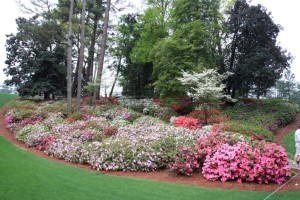
Colorful azaleas and dogwoods pop with spring color. Plantings like this are the envy of any garden enthusiast.
Sean McNamara is a nurseryman who has attended the Masters tournament twice — not to watch the best players from around the world compete to win the green jacket but rather to see the spectacular beauty of the azaleas and rhododendrons in full bloom. McNamara owns Redding Nursery which is located in Connecticut. “The Masters tournament is a gardener’s dream — a magical place for anyone who is into gardening and landscaping,” he says.
McNamara has a personal interest in the history of horticulture. The origins of Augusta National Golf Club are rooted in an earlier time when Prosper Julius Alphonse (P.J.) Berckmans purchased the property in 1857 as the site for his nursery, Fruitland Nurseries. The famed clubhouse that stands today at Augusta National Golf Club is the Berckmans’ original two-storey manor house. “There is an amazing live oak tree known as The Big Oak Tree next to the clubhouse which was planted by Berckmans,” says McNamara. “Many visitors take the time to sit beneath the tree during the Masters tournament.”
In addition to numerous other oak trees planted by Berckmans on his property, says McNamara, one of the most magnificent views at Augusta National is the lane of 61 magnolia trees leading up to the manor house that Berckmans also planted. Today the hardwood trees, more than 160 years old, form a magnificent arch, says McNamara.
P. J. Berckmans was a horticulturalist and plant breeder. His innovative nursery introduced many different types of trees and shrubs never before available in the southern United States. One of the flowering shrubs Berckmans imported was the azalea. After Berckmans died in 1910, the former nursery was later purchased by golf legend Bobby Jones who invited Berckmans’ two sons to assist with the planting design. The idea was born to name each hole after a different plant species.
If you ever have the chance to attend the Masters, says McNamara, be sure to purchase a copy of the program as it features the different plant species that each hole is named after. Hole number 13 is named Azalea and features approximately 1,600 azaleas. The view is breathtakingly beautiful — even when you are watching it on TV from your sofa.
Throughout the course there are more than 30 different azalea varieties. McNamara shares his inside tip: if you go someday, plan to attend the Par-3 Contest on Wednesday of tournament week. It is a traditional informal 9-holer and is the only time that cameras are allowed.
Now, how can you grow your own azaleas and rhododendrons?
This year, I saw a greater quantity and variety of rhododendron and azalea hybrid shrubs at some of the larger garden centres in Winnipeg than I’ve ever come across in recent memory. The evergreen rhododendron varieties included P.J.M., Haaga, and Nova Zembla. The deciduous azalea varieties were in greater abundance and included several cultivars from the Northern Lights series which were developed at the University of Minnesota.
I studied the plant tags for every one of these zone 4 varieties. Each stated unequivocally, “Prefers peaty, moist acidic soil.” Red River Valley soils, however, are predominately heavy clay with a high pH. Consider this: blueberries are closely related to azaleas and rhododendrons. There’s a reason why southern Manitoba is not a hotbed for blueberry production. Blueberries require an acidic soil with pH in the range of 4.5 to 5.5 for healthy, productive growth. This little fact (that we have alkaline soils, not acidic) could also explain why “No warranty” was written in black across the back of the plant tags for the azalea and rhododendron varieties.
Another gardener’s growing success can be very persuasive. Ewa and Ludwig Tarsia have successfully grown rhododendrons and azaleas in their Winnipeg garden for the past 20 years. The rhodos and azaleas are planted in a protected area of their property that is sheltered by a mature Aesculus hippocastanum Horse Chestnut tree and evergreen species including Colorado spruce trees, Russian cypress, and globe cedars. The half-hidden sanctuary is aglow every spring with delicately scented, funnel-shaped azalea and rhodo blooms in a range of colours.
Soil is everything, says Ewa who attributes much of their growing success to ensuring excellent drainage for their plants as well as annual additions of organic matter. Ewa says she has never relied on peat moss. Rather, careful observation of plant growth, providing adequate light and moisture, making adjustments as needed, and relying on what Nature provides – an organic mulch of leaves, pine needles and natural cedar bark plus yearly additions of compost and rainwater collection – has resulted in a gorgeous, floriferous display of blooms spring after spring. One of Ewa’s favourite rhododendron varieties is Haaga, an evergreen shrub with masses of pink trumpet-shaped flowers in mid spring.
“Regular amendment of the soil is required over the long term to keep the pH low and improve conditions in clay soil,” says Dave Hanson, owner of Sage Garden Greenhouses. Sage Garden is currently in a two-year transition to peat-free soil mixes, however, the mix is pH-balanced so would not be a solution for growing acid-loving plants such as azaleas and rhododendrons. Instead, Hanson recommends incorporating acidifiers such as sulphur, gypsum, unbrewed coffee grounds, and organic matter for acid-loving plants such as rhododendrons, azaleas, and hydrangeas. Used coffee grounds are only slightly acidic whereas fresh, unbrewed coffee grounds are the better choice for acid-loving plants.
Having a soil test done periodically would help to establish if your soil’s pH is at the level it should be for growing acid-loving plants. Again, though, Ewa relies on the powers of observation. If the leaves of her plants were to exhibit any sign of yellowing or chlorosis, for example, she would check the soil moisture levels. A slow-release organic fertilizer can also be applied in early spring.
While our alkaline, clay-based soils can be amended to lower pH, there is no wiggle room when it comes to the excellent soil drainage that acid-loving plants such as azaleas and rhododendrons demand. Poorly drained soils must be avoided. Choose an area that is well-drained and dig a proper planting hole, says Ewa. Do not plant rhododendrons or azaleas too deep. The top of the root ball must not be below the level of the surrounding soil. Apply a five cm layer of nutrient-rich organic matter around your plants annually.
Next spring, look for Fireflare Orange Mollis azalea, a game-changing soil tolerant deciduous hybrid azalea that comes from the renowned breeding program at North Dakota State University. Todd West, director of the NDSU Woody Plant Improvement Program, says that Fireflare Orange Mollis azalea is pH tolerant with no exhibition of chlorosis symptoms in alkaline pH soils. A dense, compact semi-dwarf shrub with showstopping brilliant fire-orange blooms, Fireflare Orange has performed admirably in evaluations over several years.
By: Colleen Zacharias

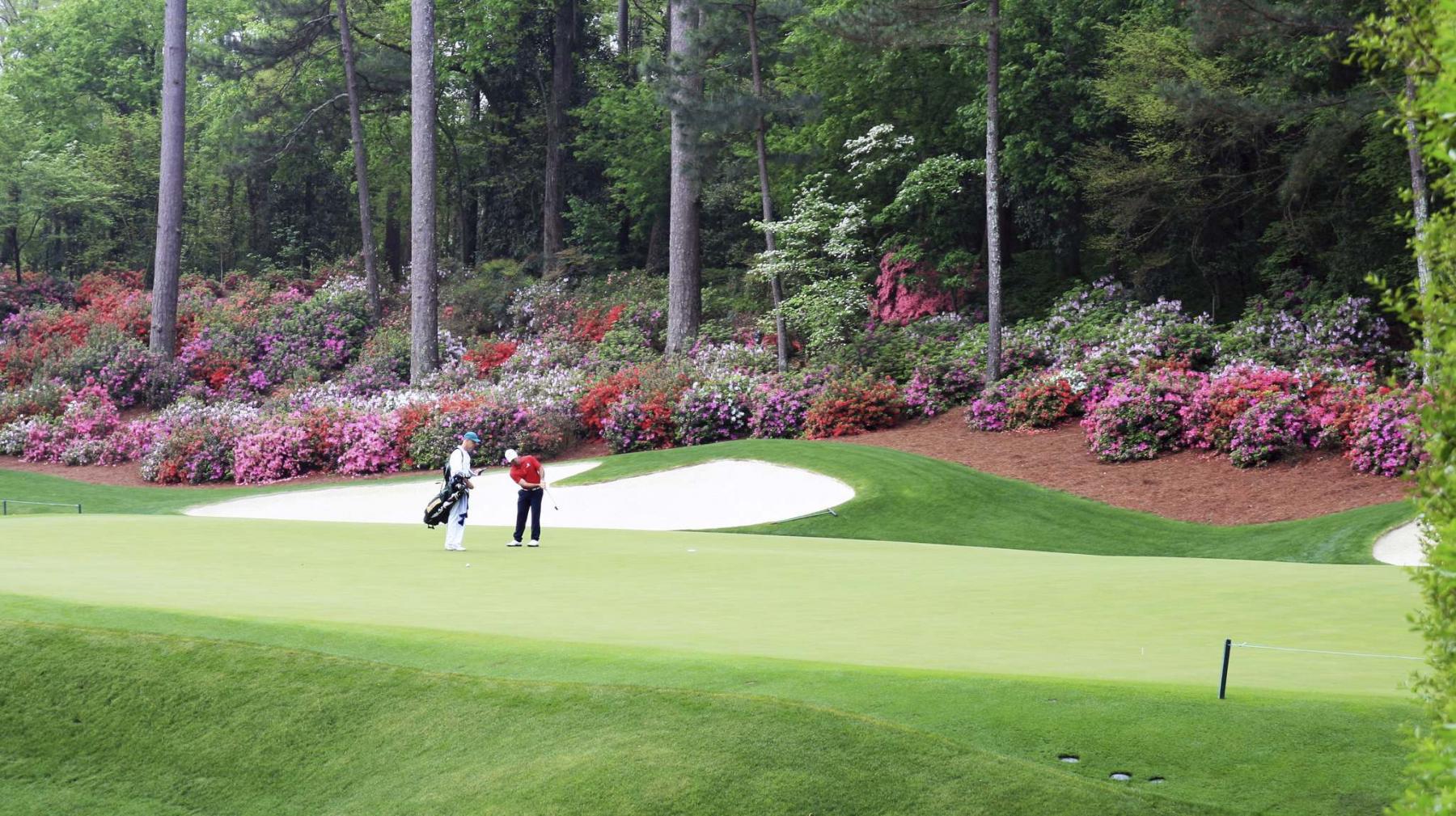
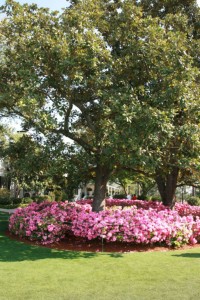
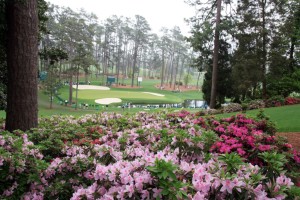
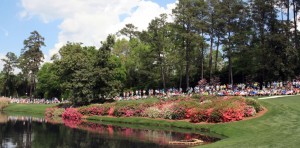
Recent Comments